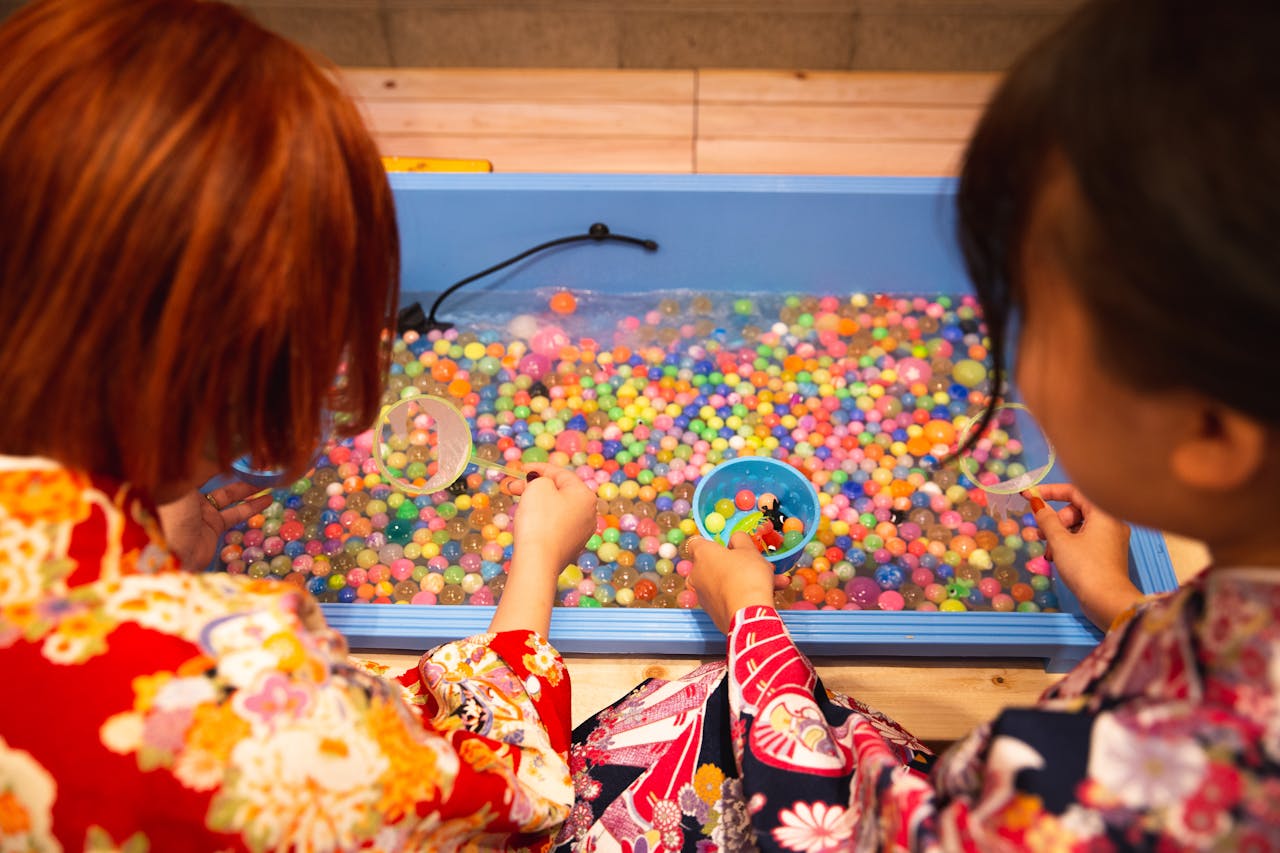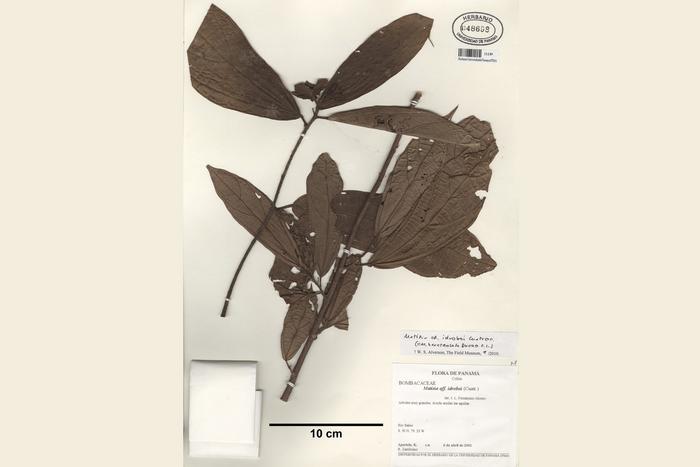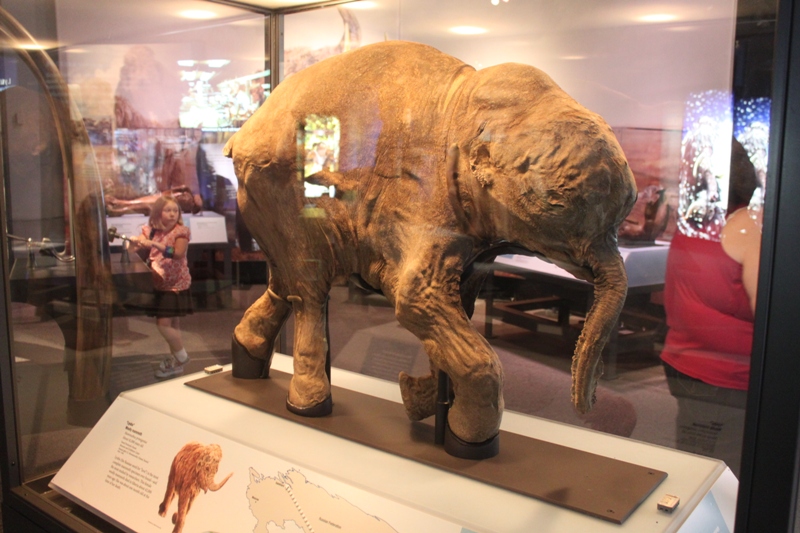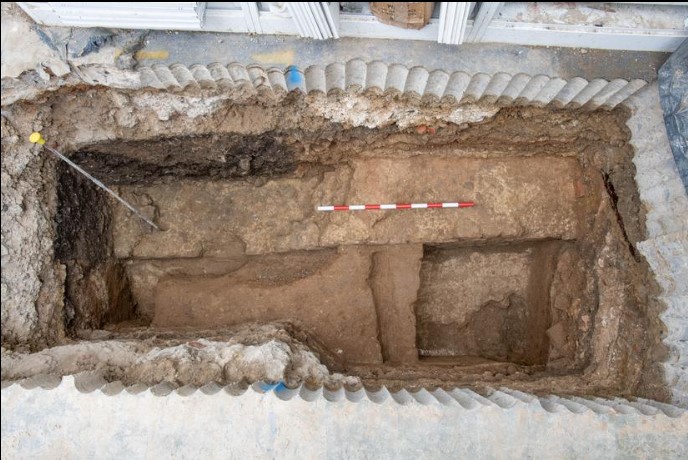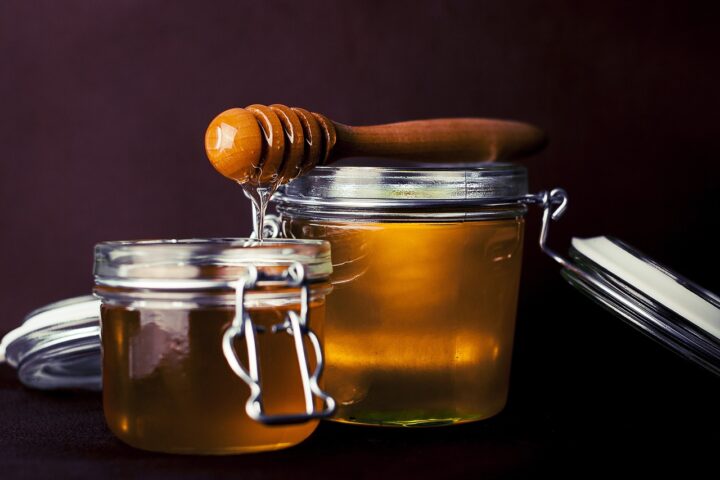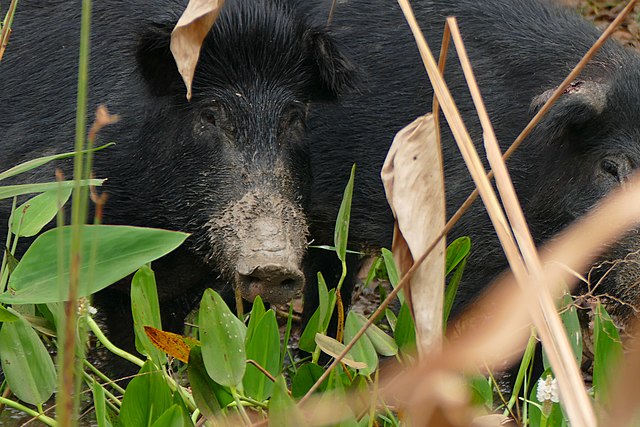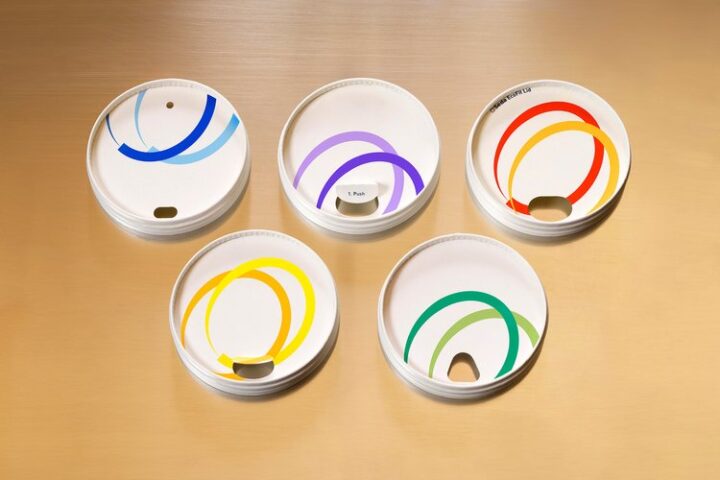The Royal College of Emergency Medicine (RCEM) has issued an urgent “safety flash” warning about water beads, which are marketed as toys, crafting tools, and home decor items. These items can expand up to 400 times their original size when exposed to liquid, creating potentially life-threatening situations for young children.
Medical Experts Sound the Alarm
“Any one of these three objects could be found under your tree or in a stocking this festive season, hidden in gifts that are intended to bring joy to a child or vulnerable person, but which, if swallowed, could result in critical illness and the need for emergency medical treatment,” states Dr. Salwa Malik, vice president of the Royal College of Emergency Medicine.
The warning comes from direct clinical experience. Dr. Malik notes: “As an emergency medicine doctor, I have seen parents holding their child’s hand and watching over them while they lay on a bed in an Emergency Department, in need of urgent care because they have ingested one of these items.”
Critical Safety Concerns
The water beads, also known as jelly balls, water balls, sensory beads, or water crystals, present specific hazards according to the RCEM:
- Expansion: These beads grow from millimeters to 400 times their size within 36 hours of liquid exposure
- Medical Complications: If swallowed, they can cause bowel obstruction requiring surgical intervention
- Diagnostic Challenges: The beads are invisible on X-rays, complicating medical detection and treatment
- Choking Risk: The beads have harmed children in the UK and have been linked to deaths overseas
Regulatory Response and Guidelines
The UK’s Office for Product Safety and Standards has issued specific guidelines:
- Water beads should be kept away from children under five years old
- They should only be used with older children or vulnerable adults under close supervision
- Immediate medical attention should be sought if ingestion is suspected
Additional Safety Concerns
The RCEM’s safety alert also addresses two other dangerous items often found in children’s gifts:
- Button and coin batteries: Can lodge in the food pipe of young children, causing serious harm or death due to a chemical reaction which erodes tissue. A Health Services Safety Investigations Body report from 2019 documented the death of a three-year-old girl who swallowed a coin battery.
- Strong magnets: Can come together in different parts of the intestine, causing injury and potentially leading to bowel perforation requiring urgent surgery.
More Stories
Expert Guidance
Dr. Malik emphasizes the traumatic impact on families: “As a parent, I can imagine how utterly terrifying and traumatic that would be to go through – for a mum, dad, grandma, grandpa, aunt, uncle, brother, sister and of course, the child themselves.”
“Having seen the effects first hand, which can be devastating and detrimental, we are asking people to please think twice about the dangers these pose while selecting and gifting presents this season,” Dr. Malik adds.
Safety Recommendations
The RCEM and Office for Product Safety and Standards advise:
- Keeping water beads away from children under five years old
- Using water beads with older children or vulnerable adults only under close supervision
- Seeking immediate medical attention if ingestion is suspected
- Considering the dangers while selecting presents during the festive season
The RCEM’s warning aims to ensure both medical professionals and the public understand these hazards. Water beads have been linked to serious harm to children in the UK and deaths overseas, prompting this safety alert to prevent further incidents.
